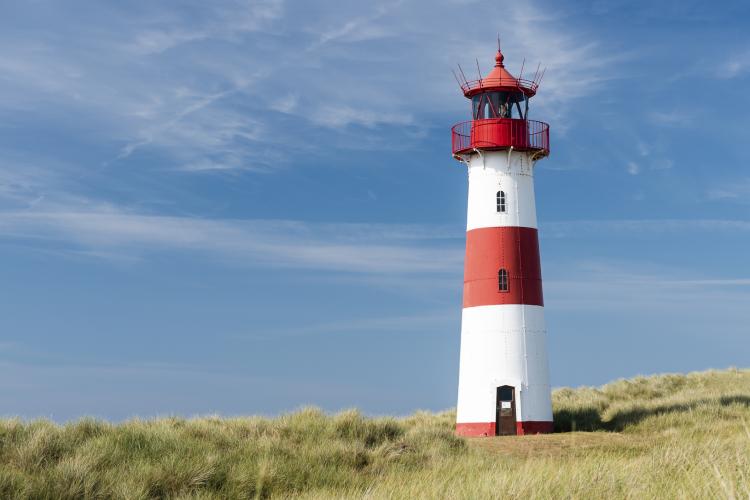Se-tenant: Europa (C.E.P.T.) 2012 - Visit (Northern Cyprus 2012)
Europa (C.E.P.T.) 2012 - Visit (Northern Cyprus 2012)
08 May (Northern Cyprus ) within release Europa (C.E.P.T.) 2012 - Visit North Cyprus goes into circulation Se-tenant Europa (C.E.P.T.) 2012 - Visit face value 2*80 Turkish kuruş
| Se-tenant Europa (C.E.P.T.) 2012 - Visit in catalogues | |
|---|---|
| Michel: | Mi: TR-NC 757-758 |
| Yvert et Tellier: | Yt: TR-NC 708-709 |
| Stanley Gibbons: | Sg: TR-NC 742a |
Se-tenant is square format.
Also in the issue Europa (C.E.P.T.) 2012 - Visit North Cyprus:
- Se-tenant - Europa (C.E.P.T.) 2012 - Visit face value 2*80;
- Full Pane - Visit North Cyprus face value 16*80;
|
Data entry completed
46%
|
|
|---|---|
| Se-tenant Europa (C.E.P.T.) 2012 - Visit in digits | |
| Country: | Northern Cyprus |
| Date: | 2012-05-08 |
| Emission: | Commemorative |
| Format: | Se-tenant |
| Face Value: | 2*80 Turkish kuruş |
Se-tenant Europa (C.E.P.T.) 2012 - Visit it reflects the thematic directions:
A castle (from Latin: castellum) is a type of fortified structure built in Europe and the Middle East during the Middle Ages by European nobility. Scholars debate the scope of the word castle, but usually consider it to be the private fortified residence of a lord or noble. This is distinct from a palace, which is not fortified; from a fortress, which was not always a residence for nobility; and from a fortified settlement, which was a public defence – though there are many similarities among these types of construction. Usage of the term has varied over time and has been applied to structures as diverse as hill forts and country houses. Over the approximately 900 years that castles were built, they took on a great many forms with many different features, although some, such as curtain walls and arrowslits, were commonplace.
A landscape is the visible features of an area of land, its landforms and how they integrate with natural or man-made features. A landscape includes the physical elements of geophysically defined landforms such as (ice-capped) mountains, hills, water bodies such as rivers, lakes, ponds and the sea, living elements of land cover including indigenous vegetation, human elements including different forms of land use, buildings and structures, and transitory elements such as lighting and weather conditions. Combining both their physical origins and the cultural overlay of human presence, often created over millennia, landscapes reflect a living synthesis of people and place that is vital to local and national identity. The character of a landscape helps define the self-image of the people who inhabit it and a sense of place that differentiates one region from other regions. It is the dynamic backdrop to people’s lives. Landscape can be as varied as farmland, a landscape park, or wilderness. The earth has a vast range of landscapes, including the icy landscapes of polar regions, mountainous landscapes, vast arid desert landscapes, islands and coastal landscapes, densely forested or wooded landscapes including past boreal forests and tropical rainforests, and agricultural landscapes of temperate and tropical regions.
A lighthouse is a tower, building, or other type of structure designed to emit light from a system of lamps and lenses, and to serve as a navigational aid for maritime pilots at sea or on inland waterways. Lighthouses mark dangerous coastlines, hazardous shoals, reefs, and safe entries to harbors, and can assist in aerial navigation. Once widely used, the number of operational lighthouses has declined due to the expense of maintenance and use of electronic navigational systems.
A port is a maritime facility comprising one or more wharves or loading areas, where ships load and discharge cargo and passengers. Although usually situated on a sea coast or estuary, ports can also be found far inland, such as Hamburg, Manchester and Duluth; these access the sea via rivers or canals. Because of their roles as ports of entry for immigrants as well as soldiers in wartime, many port cities have experienced dramatic multi-ethnic and multicultural changes throughout their histories
Tourism is travel for pleasure or business; also the theory and practice of touring, the business of attracting, accommodating, and entertaining tourists, and the business of operating tours. Tourism may be international, or within the traveller's country. The World Tourism Organization defines tourism more generally, in terms which go "beyond the common perception of tourism as being limited to holiday activity only", as people "traveling to and staying in places outside their usual environment for not more than one consecutive year for leisure, business and other purposes". Tourism can be domestic or international, and international tourism has both incoming and outgoing implications on a country's balance of payments. Today, tourism is a major source of income for many countries, and affects the economy of both the source and host countries, in some cases being of vital importance.
A tower is a tall structure, taller than it is wide, often by a significant factor. Towers are distinguished from masts by their lack of guy-wires and are therefore, along with tall buildings, self-supporting structures.






